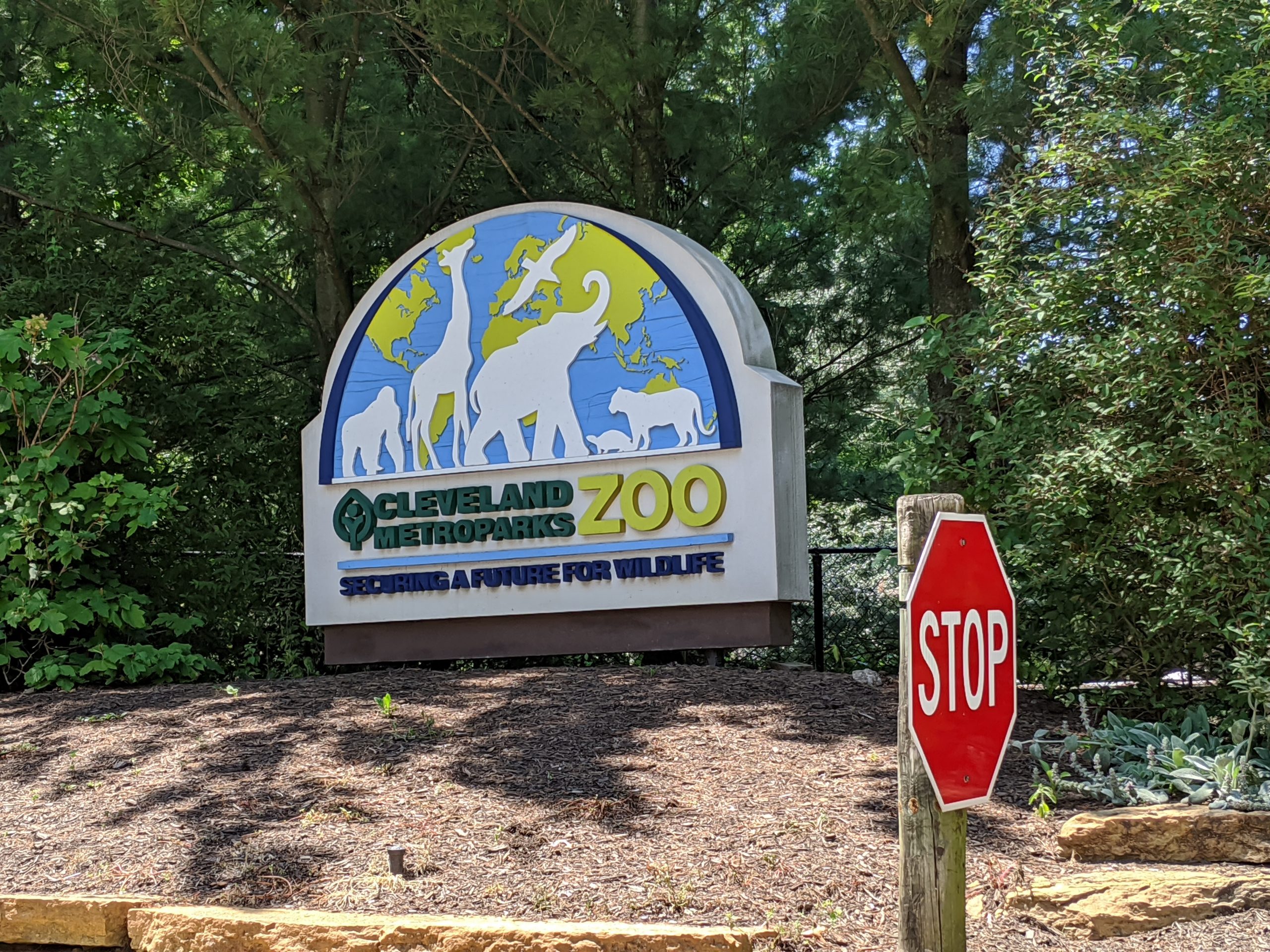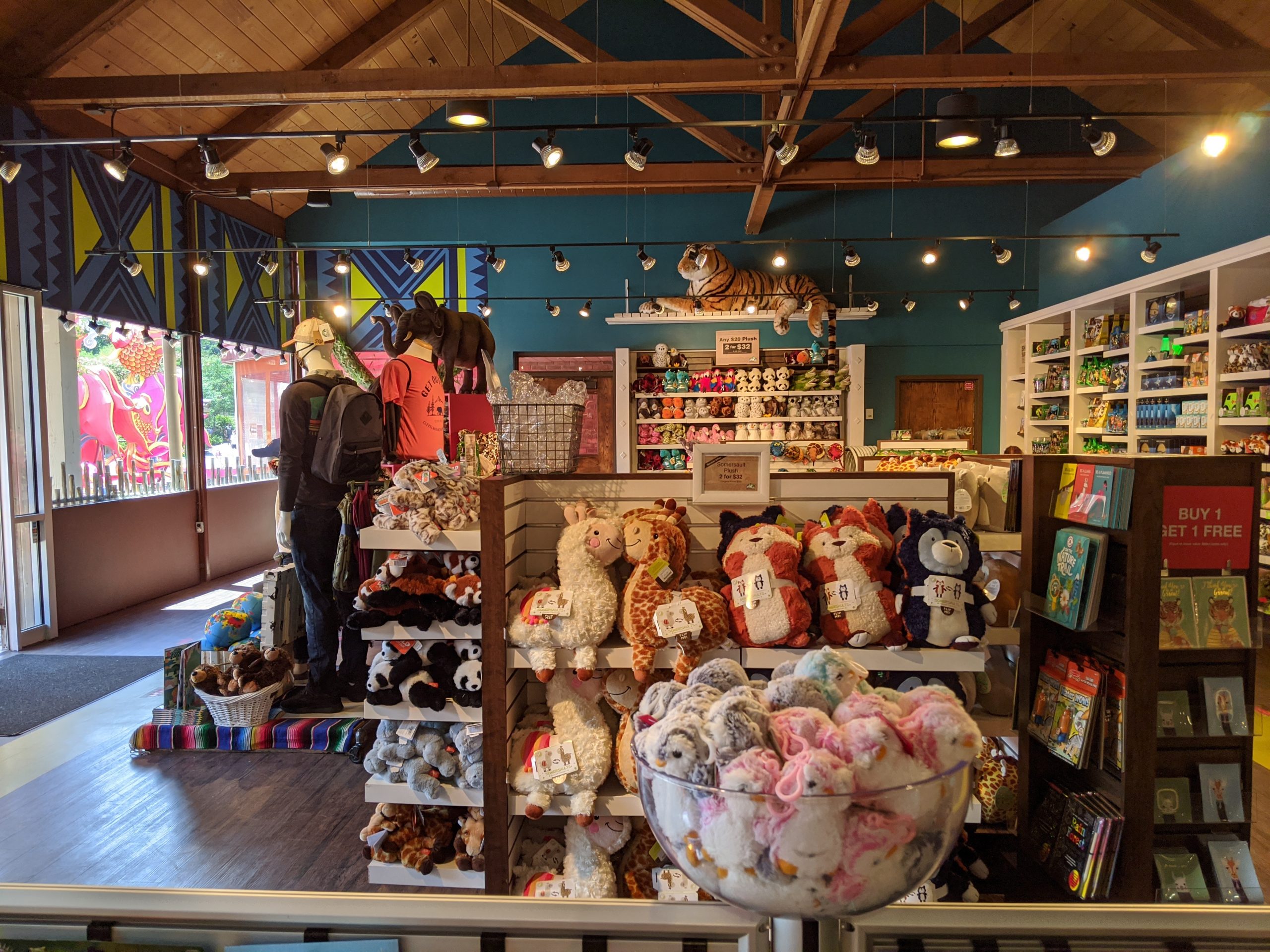
Today, the Cleveland Metroparks Zoo includes The Rainforest, Wolf Wilderness, Australian Adventure and the Sarah Allison Steffee Center for Zoological Medicine.

Biothematic zones have been developed and expanded upon over the years. Under Cleveland Metroparks' supervision, the zoo expanded by building the Primate and Cat Building. The recent elephant habitat is only the latest in a long line of improvements made since the 1970s. The elephants are trained to cooperate so that they can be examined daily to prevent health problems. These days the zookeepers work with Moshi, Jo, and Martika. Due to their size and strength it is crucial that the elephants be able to follow commands. The method of training the elephants became known as elephant school. The stampede of excited children nearly trampled the master of ceremonies, Gordon Stouffer, son of the Cleveland-based Stouffer Foods founders. The next step occurred in 1956 when the Pachyderm House opened at the Cleveland Zoo. Cleveland's first zoo elephant was Minnie, who arrived in 1907 and was purchased with "Pennies for Pachyderms" money from a Cleveland Press fundraiser. Cages that gave the animals little room to move gave way to modern facilities that allow for the types of exercise these animals would get in the wild. Marking the latest progression in zoo habitat development, the Cleveland Metroparks Zoo opened African Elephant Crossing in May 2011. As early as the 1920s, the San Diego Zoo was the nation's most noted park to commit itself to matching natural habitats as closely as possible.
CLEVELAND PMETRO ZOO UPGRADE
In the years that followed, the zoo continued to upgrade its exhibits in keeping with an international trend toward more humane animal enclosures several decades in the making. In 1975, mirroring a wave of divestiture of city assets, the municipal government transferred the zoo to the Cleveland Metroparks. After the Cleveland Museum of Natural History was constructed in the portion of Wade Park vacated by the original zoo, the museum took over operations of the Brookside Park zoo, which the city continued to own.

Monkey Island, Sea Lion Pools, bear exhibits, and elephants joined the roster of animals Clevelanders could visit, but the original Wade Park site also continued to operate for the next three decades.

In 1995 the 2-acre, 2-level RainForest contained 600 animals and 10,000 plants native to the jungles of Africa, Asia, and the Americas.By 1907 the Wade Park Zoo on Cleveland's East Side had outgrown its limited space, so the city council decided to move the zoo to Brookside Park. Taking over the CLEVELAND AQUARIUM and moving its exhibits to Brookside Park in 1986, the Metroparks Zoo then spent $30 million to open a new tropical RainForest exhibit in 1992. In 1995 the zoo was operated by a board of directors as part of the CLEVELAND METROPARKS SYSTEM and received its operating budget through the passage of tax levies. In 1970 the city transfered operation of the zoo to the Cleveland Metropolitan Park District. 1957 and was entrusted with the operation of the zoo under contract with the city. The Cleveland Zoological Society was formed in Apr. and the Pachyderm Bldg., which opened in 19, respectively.

Cleveland voters approved $1 million bond issues for the construction of the Bird Bldg. 1944 CLEVELAND CITY COUNCIL approved the acquisition of the portion of Brookside Park east of Fulton Rd., increasing the zoo's size to 110 acres. 1940 the city entrusted management of the zoo's day-to-day operations to the Cleveland Museum of Natural History, with Fletcher Reynolds as the zoo's first director. Other animals were added and a small building was erected in what became WADE PARK, but after the opening of the CLEVELAND MUSEUM OF ART there in 1916, the zoological collections were gradually moved to Brookside Park near W. Known as the Cleveland Zoological Park until 1975, it evolved from a herd of American deer placed in land on the east side donated to the city by JEPTHA WADE on 15 Sept. Occupying 165 acres, the zoo is home to 3,300 animals of over 500 different species, and by 1995 had an annual attendance of more than 1.2 million. The CLEVELAND METROPARKS ZOO is located near BROOKSIDE PARK on the southwest side of Cleveland, with offices at 3900 Brookside Park Dr.


 0 kommentar(er)
0 kommentar(er)
